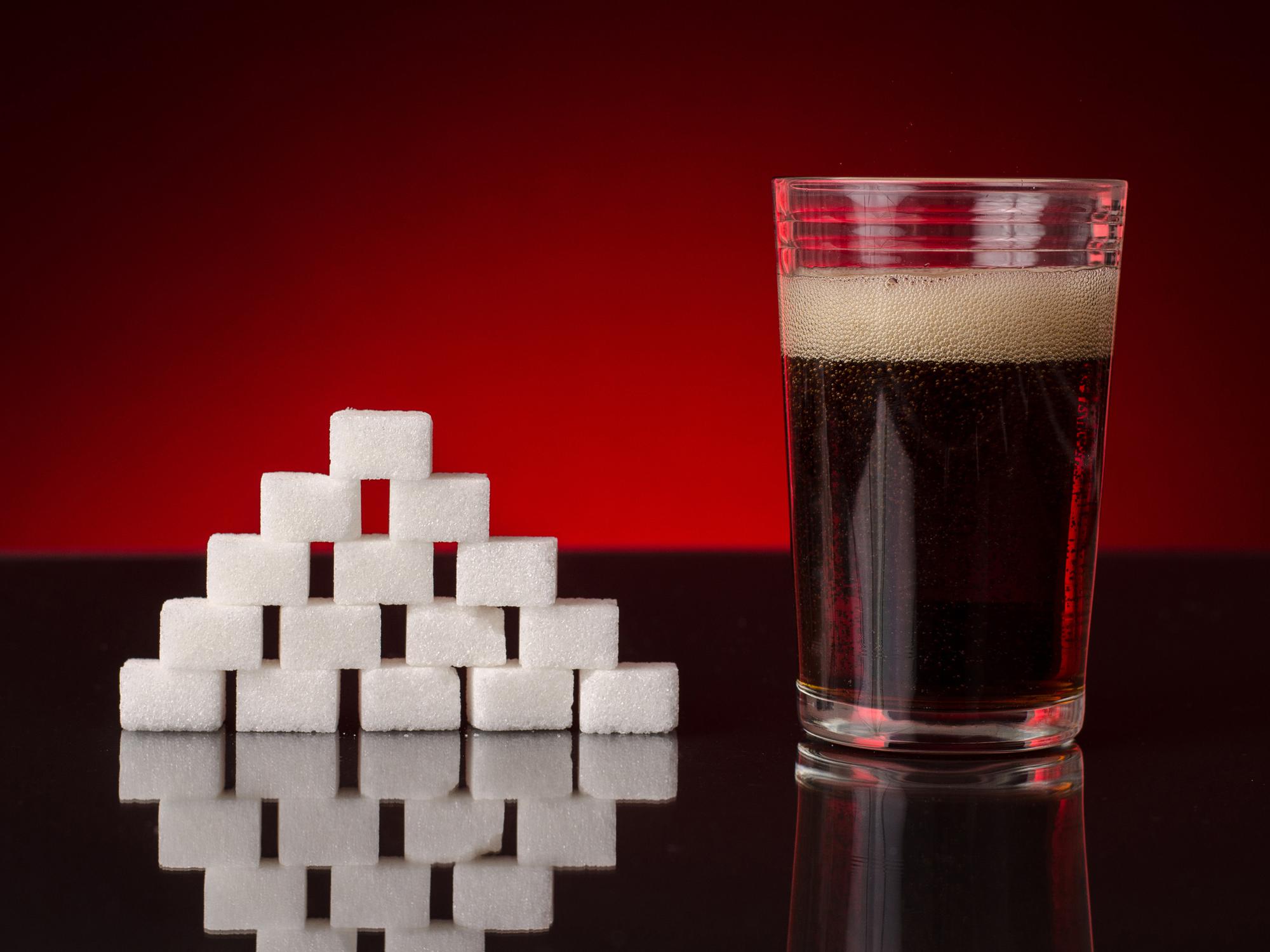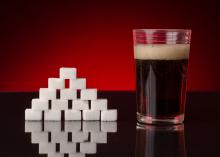Information Possibly Outdated
The information presented on this page was originally released on April 5, 2016. It may not be outdated, but please search our site for more current information. If you plan to quote or reference this information in a publication, please check with the Extension specialist or author before proceeding.
Be cautious of added sugar found in soda
STARKVILLE, Miss. -- Added sugar found in soda is not as sweet as it sounds.
David Buys, health specialist with the Mississippi State University Extension Service and researcher with the Mississippi Agricultural and Forestry Experiment Station, said a 12-ounce can of soda may contain as much as 10 to 12 teaspoons of sugar.
“Most sodas contain approximately 40 grams of sugar, or about 10 teaspoons,” he said. “Those 10 teaspoons of sugar add about 150 calories to your diet, and on a 2,000 calorie daily diet, with no other changes to your activity level, you could easily gain up to 15 pounds over one year.”
Buys cautions against the increasing size of sodas.
“Many sodas now are sold in a 20-ounce, 44-ounce or even 64-ounce size container and consumed throughout the day,” he said. “Another way of thinking about this is that drinking one can of soda per day equals 65 pounds of sugar consumption per year, which is 16 4-pound bags.”
Sodas can cause insulin resistance, which could ultimately lead to diabetes, Buys said. Sodas can also affect the brain’s reward system, causing the drinks to become addictive.
“Sodas are detrimental to our dental health. Specifically, the acidic environment in the mouth that results from drinking soda can cause the sugar to feed on the harmful bacteria that reside there,” Buys said. “I drove through an area of the state with a lot of bugs recently and needed to clean my car off. A colleague suggested that I pour a bottle of soda on my windshield, and it worked. Do you really want to put a substance in your body that eats away at a windshield covered in bugs?”
Brent Fountain, human nutrition specialist with the MSU Extension Service, said excess sugar found in sodas can cause an individual to not feel full.
“You can drink a high-caloric beverage and still be just as hungry as you were before,” he said. “This leads to additional consumption of other foods that also contain calories. An overconsumption of calories for extended periods of time without matching the expenditure of calories can lead to unwanted weight gain.”
Fountain said eliminating sodas from a diet starts with cutting down on how much is consumed at a time.
“To further reduce intake, eliminate one of the occurrences over the week,” he said. “The key is to develop a strategy that makes small changes over time instead of one large change. Small decreases can give your body and mind time to adjust to the changes so more changes can be introduced later.”
Eliminating soda could lead to other changes, such as increased physical activity and evaluation of entire meal patterns.
“While one thing can make a difference, it is the many small changes that can be implemented for a lifetime that are of the greatest benefit,” Fountain said. “To be successful, you need to have a plan, be diligent in the changes, be patient in the process and be an honest evaluator.”









